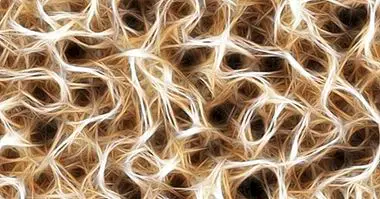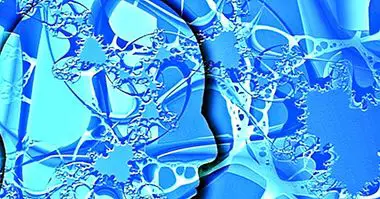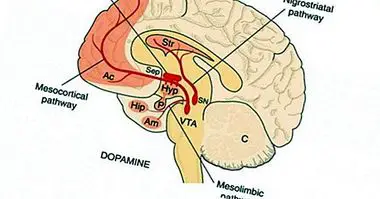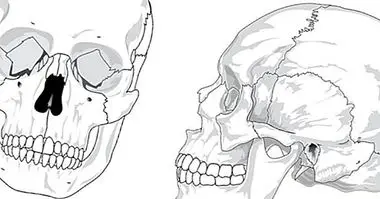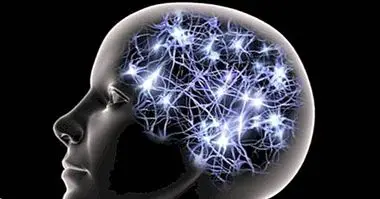The brain of bisexuals has its own characteristics
The human brain contains many characteristics that have to do with the behavior patterns of different types of people. In a way, the way in which the neurons of our brain activate and communicate with each other reflects the propensities and tendencies that are reflected in our way of acting. And yes, this it is also true in the case of different sexual orientations .
Thus, the brains of heterosexual and homosexual people show some differences in how they work in certain contexts, for example.
But nevertheless, the brains of bisexual people (who are attracted to men and women, although not necessarily with the same frequency or intensity) do not show a mixture of the activation patterns of the other two, as one might think. According to a recent investigation whose results have been published in the journal Nature, bisexuality is associated with own neurobiological characteristics that are qualitatively different from those of homosexuals and heterosexuals.
- Maybe you're interested: "The top 10 types of sexual orientation"
The brain in bisexuality
The study in question, led by psychologists and psychiatrists at Northwestern University and the University of Magdeburg, has shown that the brains of bisexual people have some characteristics in their functioning that, under certain conditions, It allows to distinguish them from the rest. .
This difference, however, does not have to be evident in any situation, such as sleeping or solving a mathematical problem. In the context in which it has been proven its existence is in the perception of sexually charged images. This is important, since a difference in brain activation patterns shows that this is physically different to others. In neuroscience, there is no distinction between software and hardware: the way in which the different parts of the brain "light up" shows us how the networks of neurons from which they are made are woven together.
How was the investigation conducted?
For this research, almost 80 people participated: 28 bisexuals, 26 heterosexuals and 28 homosexuals. All of these individuals were between the ages of 25 and 50 and of different ethnicities and origins, so that the sample collected different cultural variables. In addition, in the case of bisexual people, it was required to participate having had at least one lover of each sex.
On the other hand, the sexual orientation of each person was recorded from a questionnaire based on the Kinsey scale, which established a scale that ranges from exclusively homosexual to exclusively heterosexual passing through some intermediate degrees.
From that point, each of the participants saw a series of videos with adult content in which both heterosexual and homosexual sexual scenes appeared. During this phase, the researchers tracked the brain activation patterns of the participants through the use of magnetic resonance imaging.
- Maybe you're interested: "5 myths about homosexuality disassembled by science"
The most activated parts of the brain in bisexual people
The results of the investigation showed a curious pattern of neuronal activation that depended on the sexual orientation of each participant. In particular, the ignition patterns of a part of the brain linked to the basal ganglia called grooved nucleus, specifically its lower or ventral part . This zone of the striated nucleus is related to the mental processes of motivation and the pursuit of pleasure, so it also has an important role in the experimentation of sexuality.
As expected, this area responded by showing preference for images in which the opposite sex appeared, in heterosexuals, and in people of the same sex, in the case of homosexual people. In the case of bisexuals, however, this area of the brain (and secondarily, some others) behaved as if the differentiation between the category "man" and "woman" was not important ; In some way, the border between these two concepts was blurred, in the same way that the color of the eyes of others can be given little importance.
Of course, the reactions of pure bisexuality, understood as one in which there is no clear preference for men or women, were rare. Judging by the images obtained through the brain scanners, usually activation of the brain regions of bisexuals they showed a tendency to find more attractive one of the two sexes .
- You may be interested: "Parts of the human brain (and functions)"


